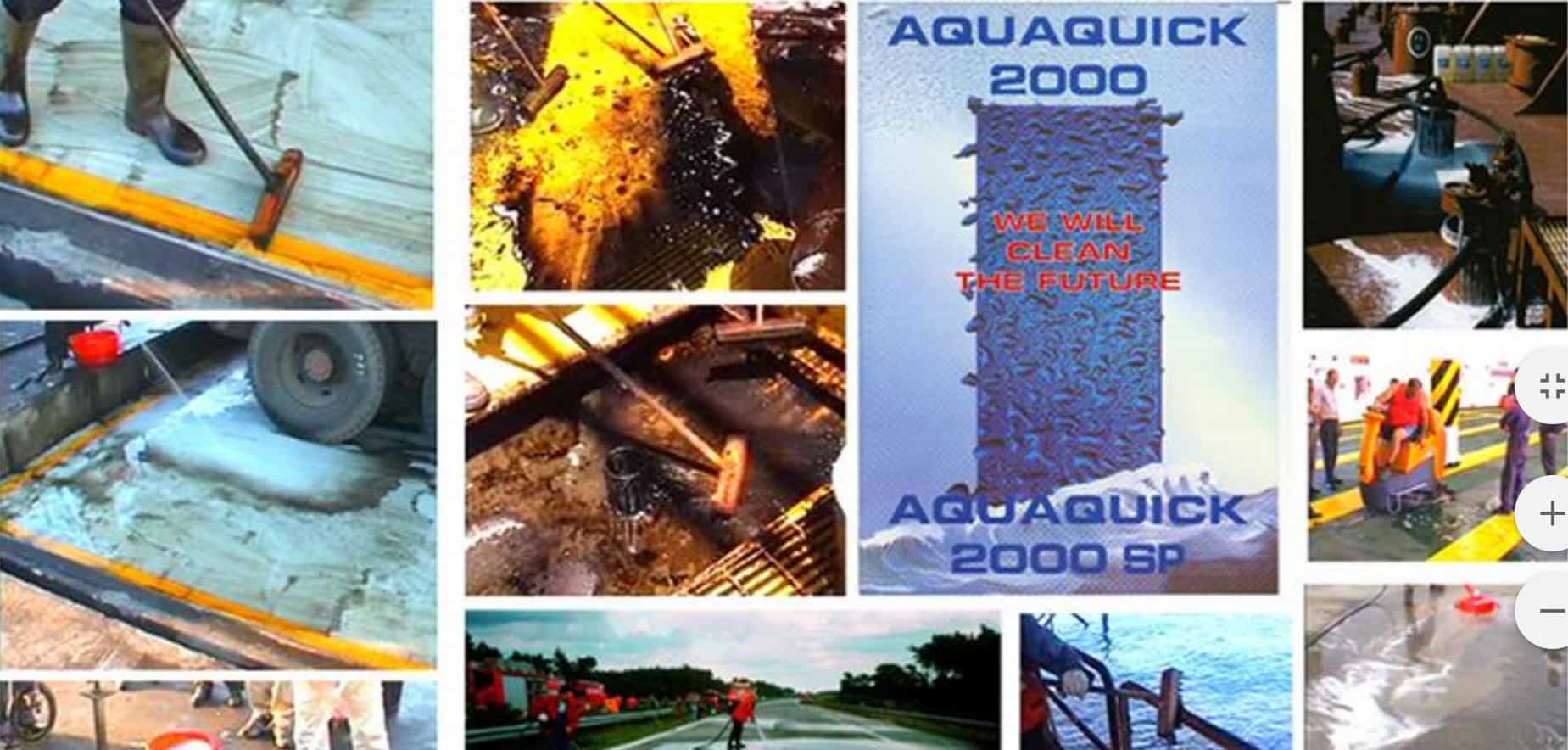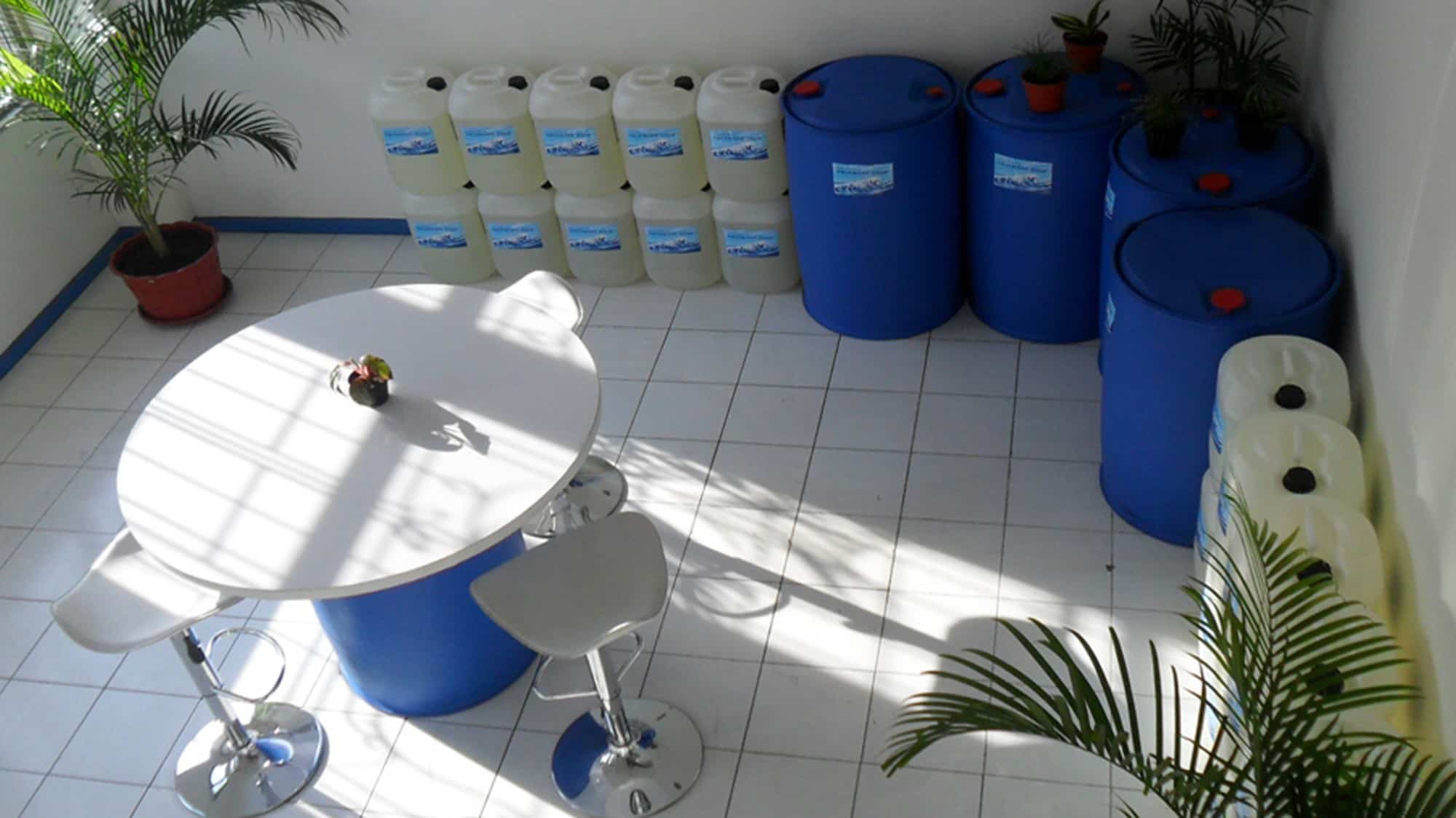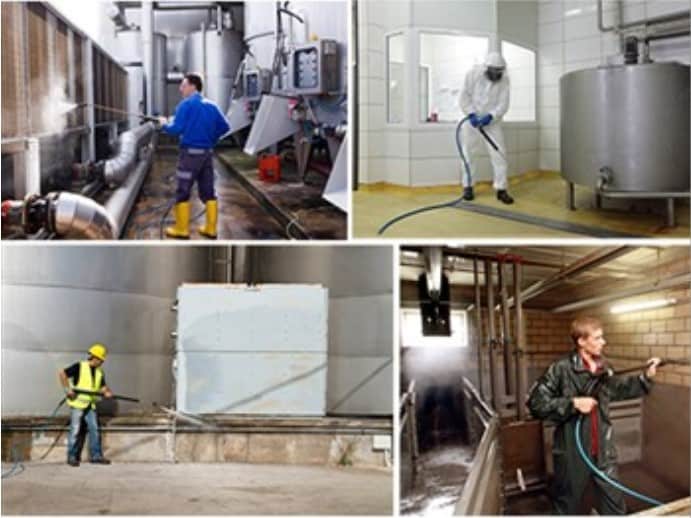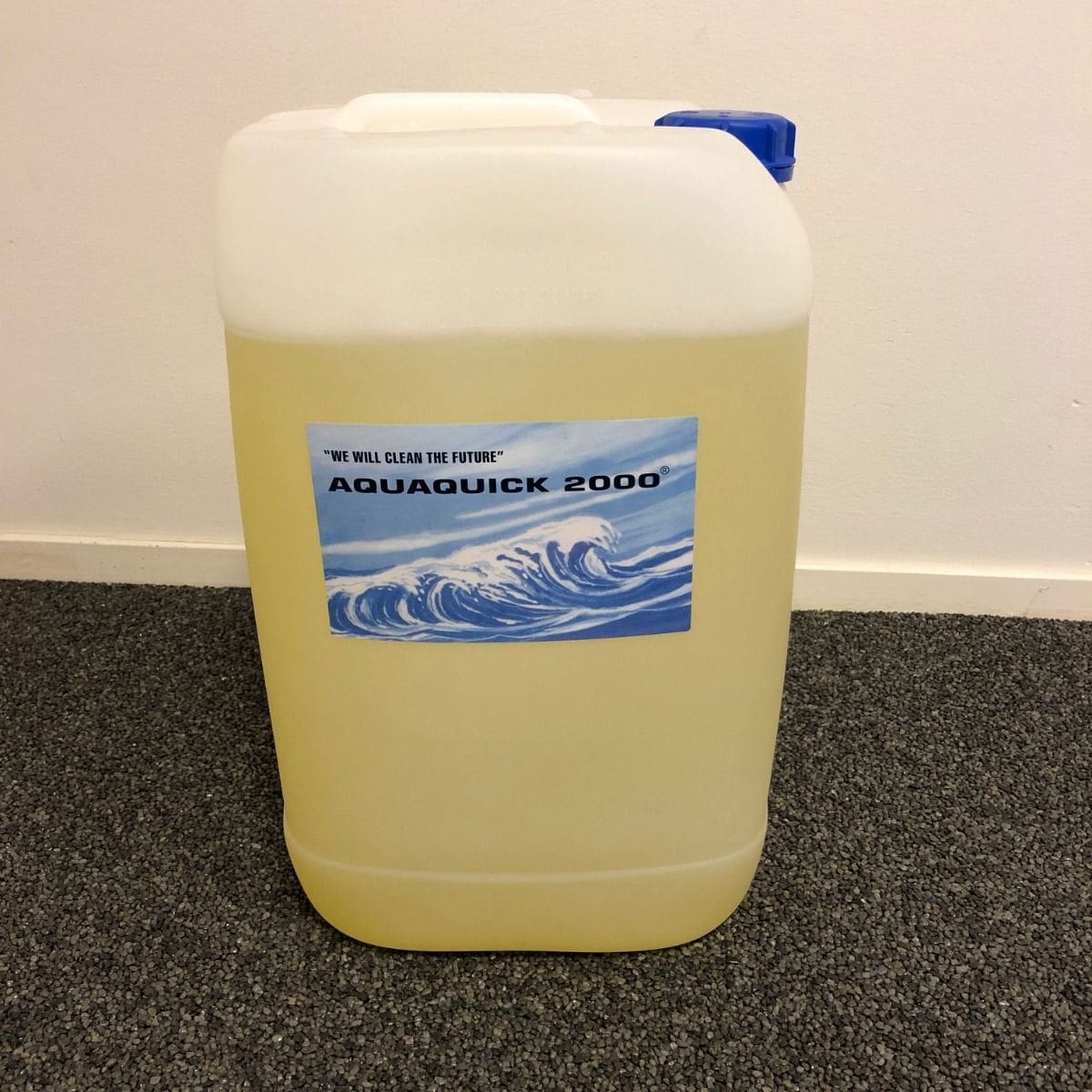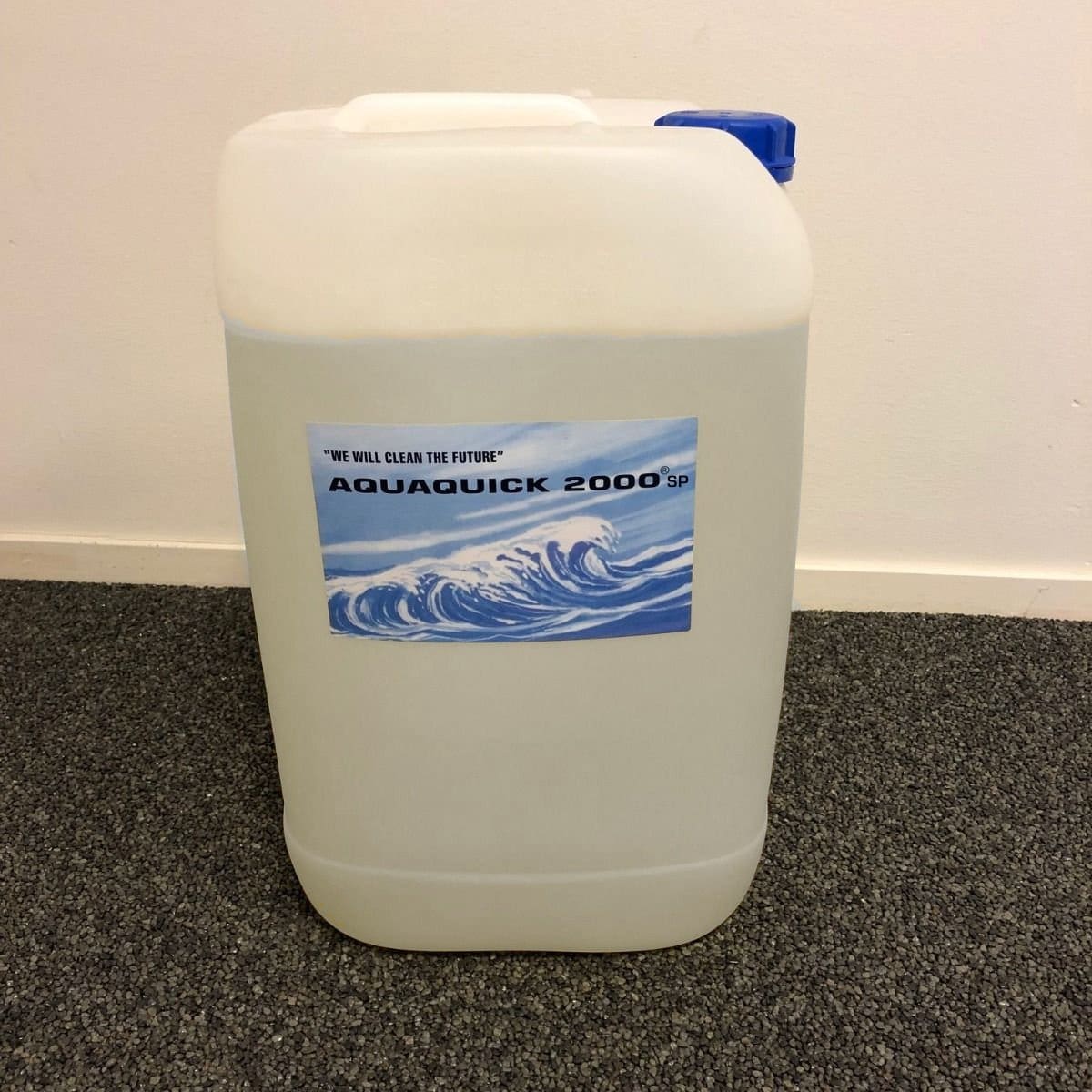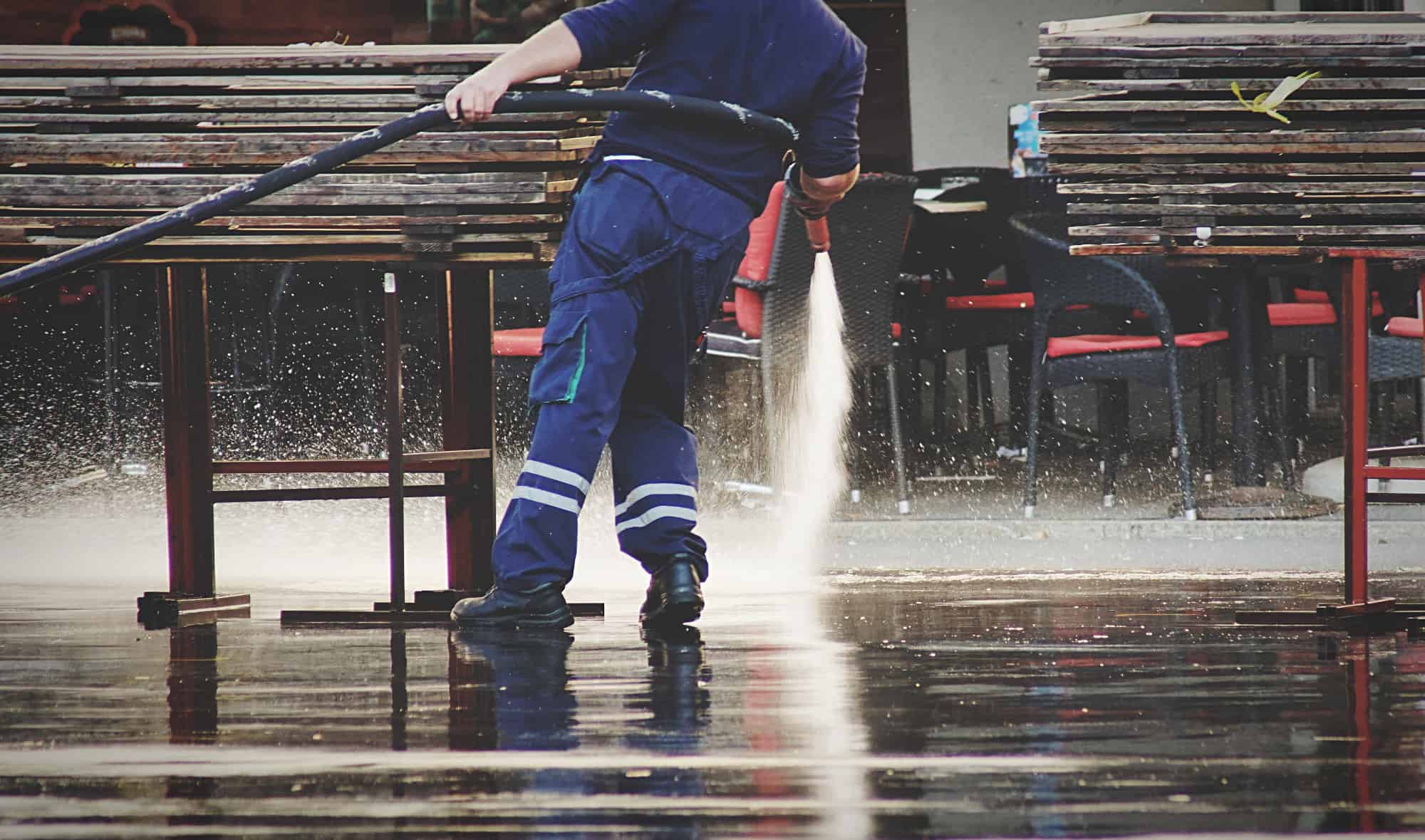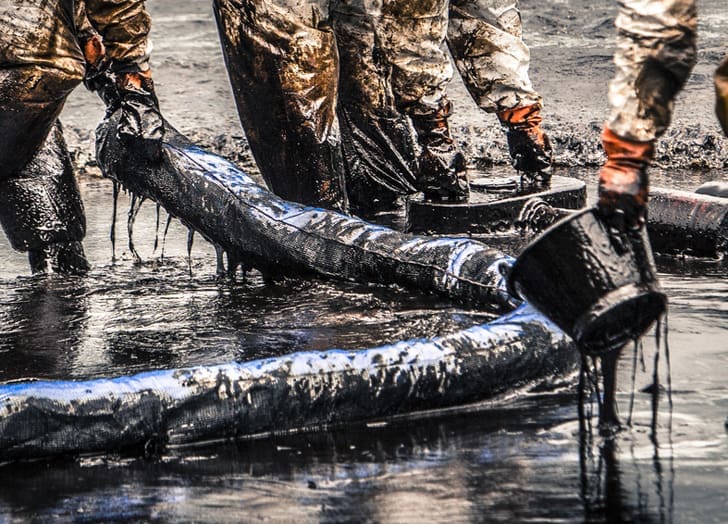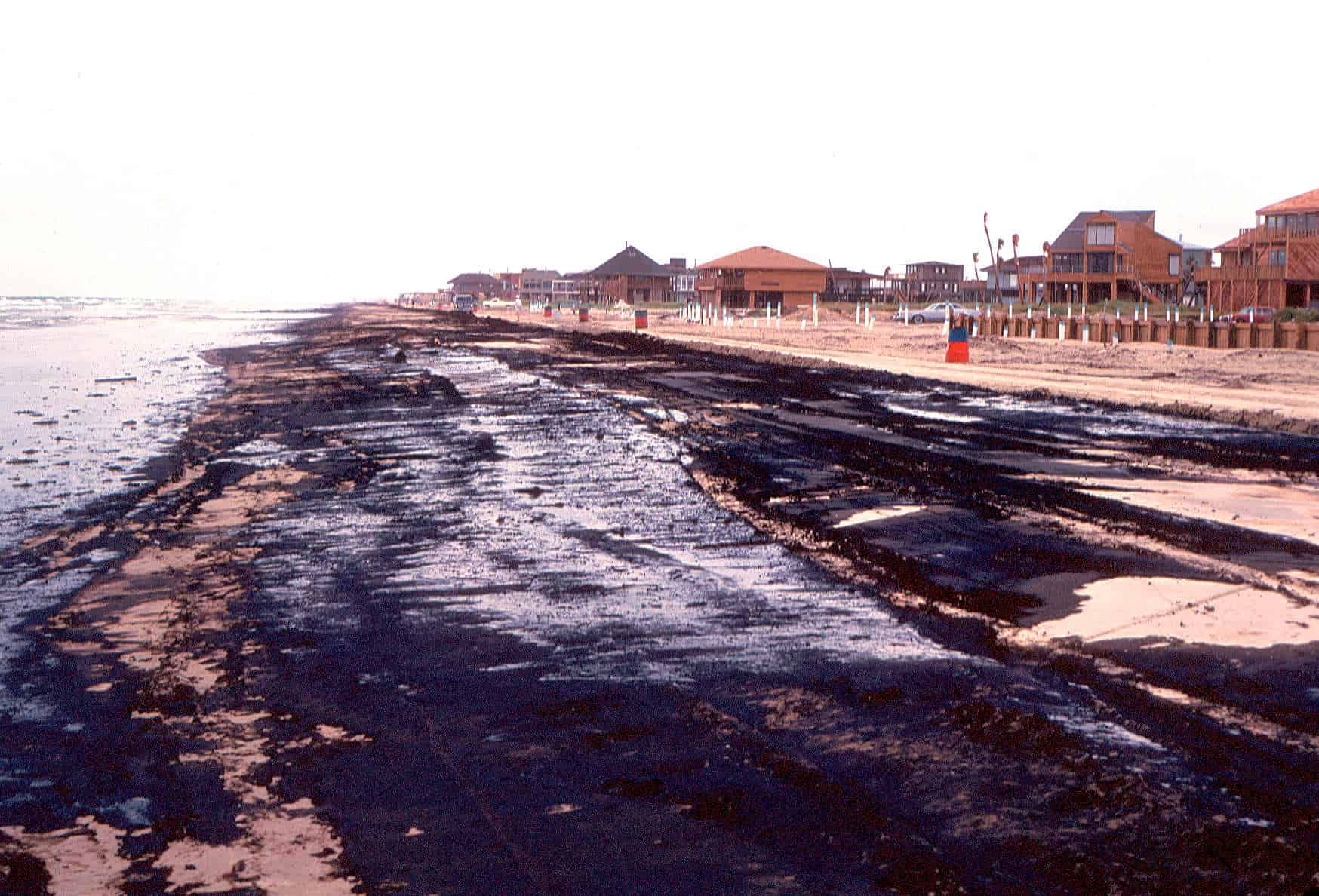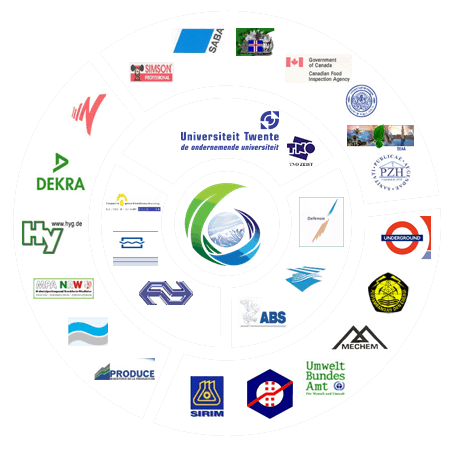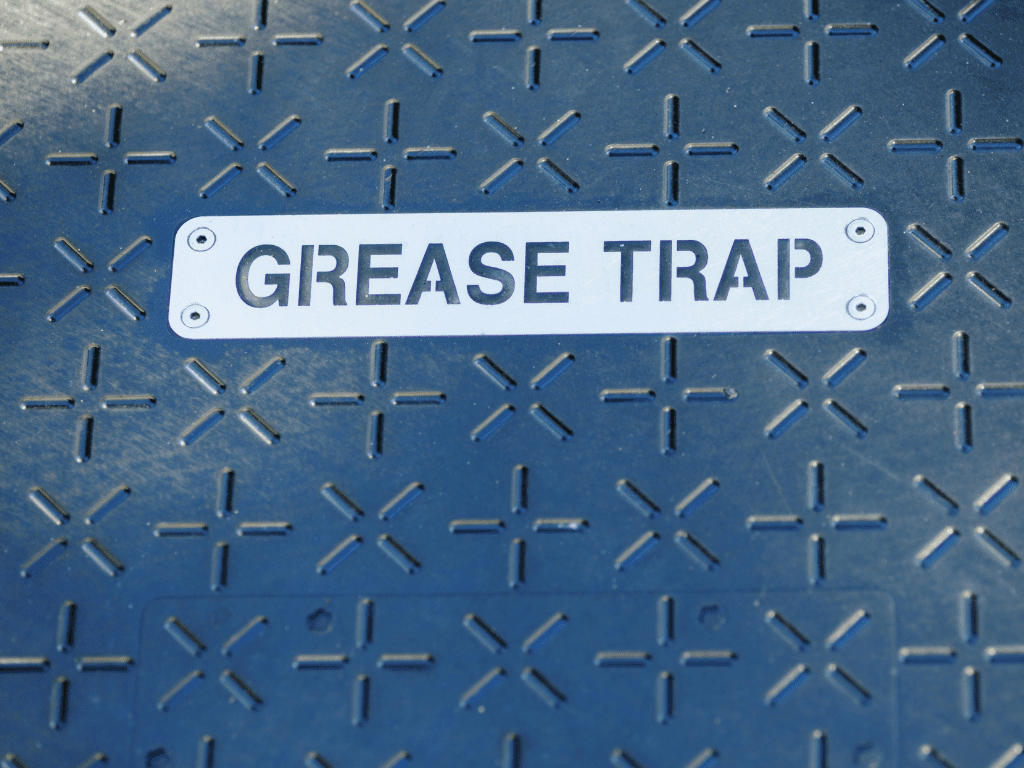I. Introduction to Kitchen Grease Trap Maintenance
Maintaining a kitchen grease trap is vital for the efficient operation of any commercial kitchen. A grease trap, also known as a grease interceptor, serves as a crucial barrier against fats, oils, and grease (FOG) entering the sewage system, thereby preventing clogs and environmental contamination. Proper maintenance of grease traps not only ensures compliance with regulations but also promotes a clean and safe working environment for kitchen staff.
II. Understanding Kitchen Grease Traps
Definition and Function
Grease traps are essential plumbing devices designed to capture FOG and solid waste before it reaches the sewer lines. These traps utilize gravitational force to separate FOG from wastewater, allowing the FOG to float to the top while solids settle at the bottom.
Types of Grease Traps
- Passive Grease Traps: These are the most common type of grease traps and operate solely based on gravity. They require manual removal of accumulated grease and solids.
- Automatic Grease Traps: These traps employ mechanical systems to automatically remove FOG and solid waste, reducing the need for manual intervention.
- Hydro-Mechanical Grease Traps: These traps combine gravity separation with mechanical components to enhance efficiency in trapping grease and solids.
Importance of Proper Sizing
Proper sizing of grease traps is essential to ensure effective trapping of grease and prevent overflow issues. The size of the grease trap should be determined based on the flow rate and volume of FOG generated by the kitchen.
III. Common Issues with Neglected Grease Traps
Accumulation of Grease and Solids
Neglected grease traps are prone to the accumulation of grease and solid waste, leading to blockages and reduced efficiency. The build-up of grease and solids can result in foul odors and unsanitary conditions within the kitchen.
Odor Problems
One of the most noticeable consequences of neglected grease traps is the emission of foul odors. These odors not only affect the kitchen environment but also impact the dining experience for customers.
Potential for Clogging and Backups
Clogged grease traps pose a significant risk of backups and plumbing emergencies. The accumulation of grease and solids can obstruct the flow of wastewater, leading to costly repairs and downtime for the kitchen.
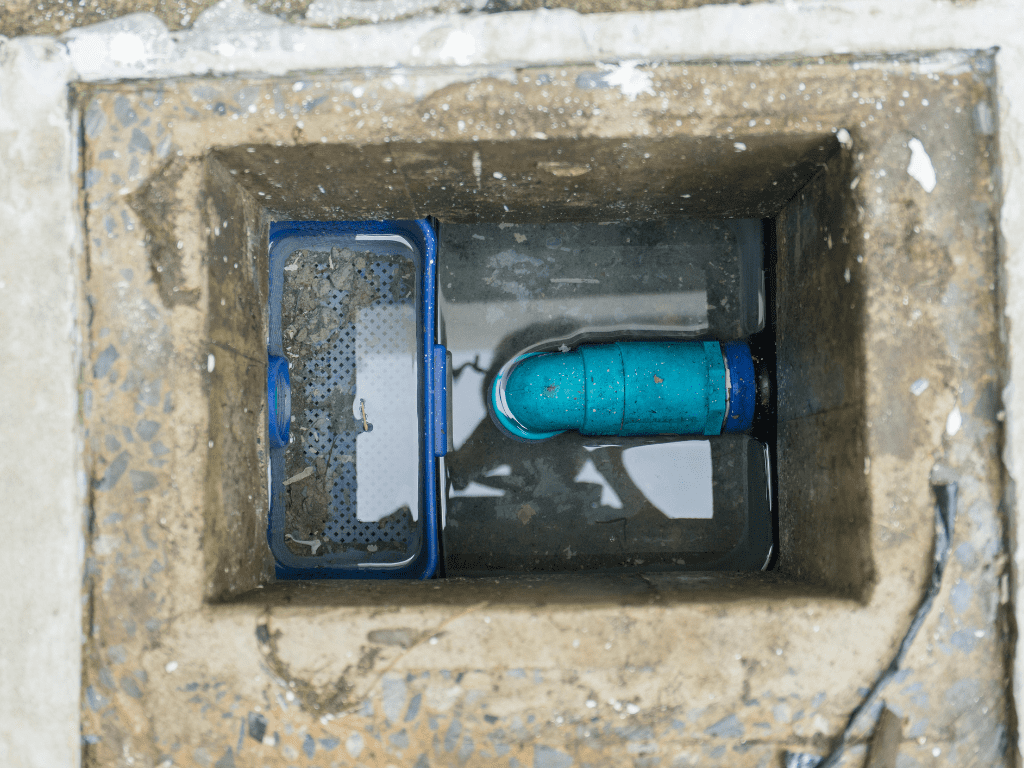
IV. Importance of Regular Cleaning
Frequency of Cleaning
Regular cleaning is essential to maintain the optimal performance of grease traps. The frequency of cleaning depends on factors such as the size of the trap and the volume of FOG generated by the kitchen. Larger kitchens may require more frequent cleaning to prevent clogs and backups.
V. Impact of Irregular Cleaning
Neglecting regular cleaning can have detrimental effects on grease trap performance. Without proper maintenance, grease traps become less efficient in trapping FOG, leading to increased maintenance costs and potential regulatory violations. It is crucial for kitchen operators to adhere to a consistent cleaning schedule to prevent costly repercussions.
In the fast-paced environment of commercial kitchens, prioritizing grease trap maintenance is paramount to ensure smooth operations and compliance with regulations. By understanding the function of grease traps, recognizing common issues, and emphasizing the importance of regular cleaning, kitchen operators can mitigate risks and maintain a clean and efficient workspaceTop of Form
VI. Proper Cleaning Techniques for Kitchen Grease Trap Maintenance
Proper cleaning of kitchen grease traps is essential to ensure their efficient operation and prevent potential issues such as clogging, odors, and environmental pollution. In this section, we will discuss step-by-step guidelines on how to clean a kitchen grease trap effectively, along with recommended cleaning solutions, tools, and safety precautions.
1. Step-by-Step Guide on How to Clean a Kitchen Grease Trap
Cleaning a kitchen grease trap involves several steps to remove accumulated grease, solids, and other waste materials. Follow these steps for thorough cleaning:
Step 1: Turn Off Water Supply
Before starting the cleaning process, ensure to turn off the water supply to the sink connected to the grease trap. This prevents any additional waste from entering the trap during cleaning.
Step 2: Remove Grease Trap Cover
Using a wrench or appropriate tool, carefully remove the cover of the grease trap. Be cautious as the cover may be heavy or greasy.
Step 3: Scoop Out Solid Waste
With a scoop or a small shovel, carefully remove any solid waste accumulated at the bottom of the grease trap. Dispose of the solid waste properly according to local regulations.
Step 4: Scrub the Interior
Using a brush or scrubbing pad, thoroughly scrub the interior walls and baffles of the grease trap to remove grease buildup. Pay special attention to areas where grease tends to accumulate.
Step 5: Rinse with Hot Water
After scrubbing, rinse the interior of the grease trap with hot water to wash away any remaining grease and debris. Ensure thorough rinsing to prevent clogs in the drainage system.
Step 6: Replace Cover
Once the interior of the grease trap is clean, replace the cover securely to prevent any debris from entering the trap.
2. Recommended Cleaning Solutions and Tools
Choosing the right cleaning solutions and tools is crucial for effective grease trap maintenance. Here are some recommendations:
Cleaning Solutions:
- Bio-based or enzyme-based grease trap cleaners: These cleaners contain natural enzymes that break down grease and organic matter, making them easier to remove.
- Aquaquick 2000: Aquaquick 2000 is a highly effective cleaning solution that helps break down grease and oil in kitchen grease traps, facilitating easier cleaning and maintenance.
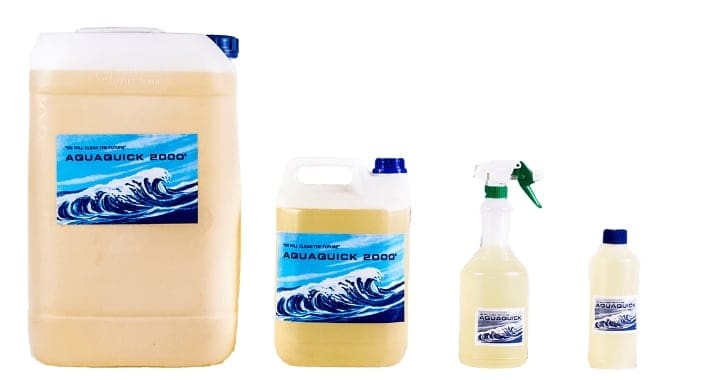
Cleaning Tools:
- Scrubbing brush or pad: Use a stiff-bristled brush or scrubbing pad to scrub the interior surfaces of the grease trap.
- Scoop or shovel: A scoop or shovel is handy for removing solid waste from the grease trap.
- Protective gloves and goggles: Wear rubber gloves and safety goggles to protect your hands and eyes from chemicals and debris during cleaning.
3. Safety Precautions during Cleaning
When cleaning a kitchen grease trap, it’s essential to prioritize safety to prevent accidents and exposure to harmful substances. Here are some safety precautions to follow:
Wear protective gear:
- Wear rubber gloves and safety goggles to protect your skin and eyes from chemical exposure and debris.
- Avoid direct contact with cleaning solutions and waste materials.
Proper ventilation:
- Ensure adequate ventilation in the area where you are cleaning the grease trap to prevent inhalation of fumes.
Handle chemicals with care:
- Use cleaning solutions according to manufacturer instructions and avoid mixing different chemicals.
- Store cleaning solutions securely and out of reach of children and pets.
Dispose of waste properly:
- Dispose of solid waste and cleaning solution residues according to local regulations.
- Avoid pouring grease or cleaning solutions down the drain, as they can cause clogs and environmental pollution.
By following these proper cleaning techniques, using recommended cleaning solutions and tools, and prioritizing safety precautions, you can ensure effective maintenance of your kitchen grease trap, preventing potential issues and ensuring efficient operation. Incorporating products like AQUAQUICK 2000 can further enhance the cleaning process and contribute to the longevity of your grease trap system.
VII. Preventive Kitchen Grease Trap Maintenance Tips
Proper preventive maintenance is key to prolonging the lifespan of kitchen grease traps and ensuring their optimal performance. Here are some detailed tips for effective preventive maintenance:
- Regular Inspection: Conduct routine inspections of the grease trap to identify any signs of damage, leaks, or excessive grease accumulation. Inspections should include checking inlet and outlet pipes, seals, and lids for any wear or deterioration.
- Scheduled Cleaning: Establish a regular cleaning schedule based on the size of the grease trap and the volume of FOG generated by the kitchen. This schedule should be followed diligently to prevent grease buildup and maintain efficient operation.
- Scraping and Skimming: Implement a routine scraping and skimming procedure to remove grease and solid waste from the surface of the trap. This can be done using specialized tools to ensure thorough cleaning and prevent blockages.
- Use of Biological Additives: Consider using biological additives or enzymes to aid in the breakdown of grease and organic matter within the grease trap. These additives can help prevent clogs and reduce the frequency of manual cleaning.
- Educating Staff: Train kitchen staff on proper waste disposal practices to minimize the amount of FOG entering the grease trap. Emphasize the importance of scraping dishes and avoiding pouring grease down drains to prevent buildup in the trap.
- Maintaining Drainage Systems: Regularly clean and maintain drainage systems connected to the grease trap to prevent debris and food particles from entering and causing blockages. Install screens or filters in sink drains to capture solids before they reach the trap.
- Record-Keeping: Keep detailed records of maintenance activities, including cleaning schedules, inspections, and any repairs or servicing performed on the grease trap. This documentation helps track maintenance history and ensures compliance with regulations.
VIII. Environmental Impact of Neglected Grease Traps
The environmental impact of neglected grease traps extends beyond the confines of the kitchen and can have far-reaching consequences for ecosystems and public health. Here’s a deeper look at the environmental implications:
- Water Contamination: Grease and FOG that enter sewer systems untreated can contaminate water bodies such as rivers, lakes, and oceans. This contamination can harm aquatic life and disrupt fragile ecosystems.
- Algal Blooms: Excessive nutrients from FOG can lead to algal blooms in water bodies, resulting in oxygen depletion and the death of aquatic organisms. These blooms can also produce toxins harmful to humans and wildlife.
- Impact on Sewer Infrastructure: Grease buildup in sewer pipes can cause blockages and overflows, leading to costly repairs and infrastructure damage. In severe cases, untreated sewage spills can pollute soil and groundwater, posing health risks to nearby communities.
- Regulatory Compliance: Neglected grease traps may violate environmental regulations and wastewater discharge permits, leading to fines, penalties, and legal liabilities for businesses. Compliance with regulations is essential to mitigate environmental harm and protect public health.
- Public Awareness and Education: Increasing public awareness about the importance of proper grease trap maintenance and its environmental consequences is crucial. Educating businesses, homeowners, and policymakers about the impact of FOG pollution can lead to improved practices and regulatory enforcement.
IX. Legal Compliance and Regulations
- Overview of Regulations: Local regulations mandate proper maintenance of kitchen grease traps to prevent environmental contamination and maintain public health standards.
- Consequences of Non-Compliance: Non-compliance with regulations can result in fines, penalties, and legal liabilities for commercial establishments.
- Importance of Record-Keeping: Keeping detailed records of kitchen grease trap maintenance activities helps demonstrate compliance with regulations and avoid legal issues.
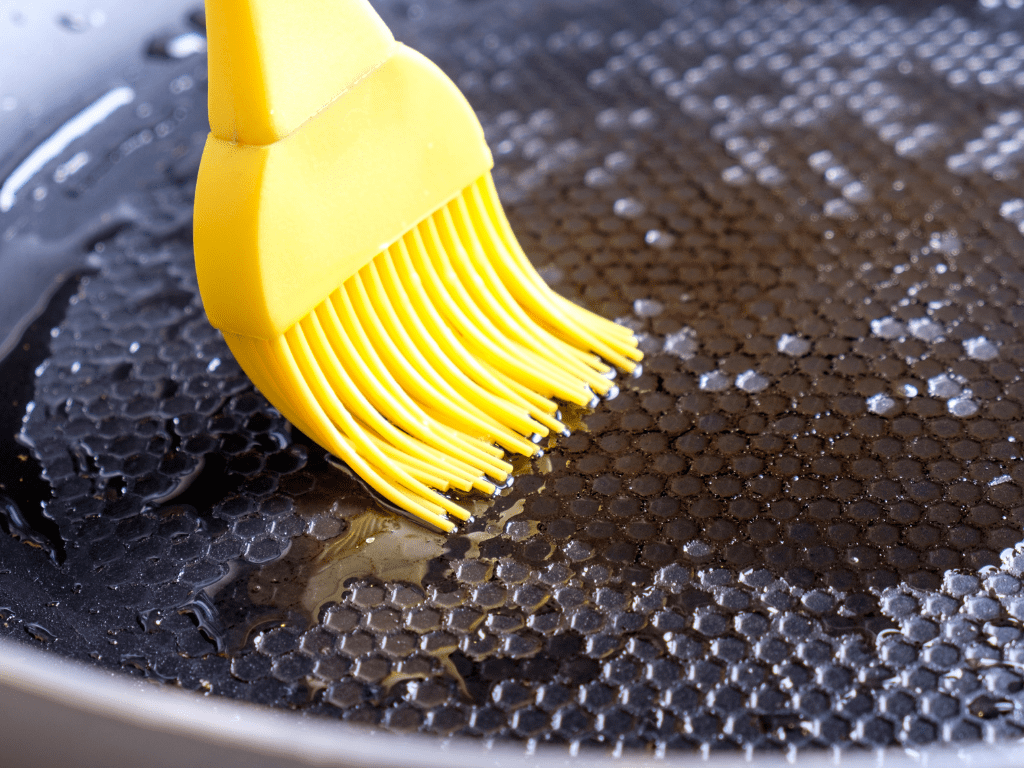
X. Investing in Quality Grease Trap Equipment
Investing in high-quality grease trap equipment is essential for maintaining efficient and reliable grease management systems in commercial kitchens. Here are key considerations when selecting grease trap equipment:
- Capacity and Size: Choose a grease trap with adequate capacity to handle the volume of FOG generated by the kitchen. Proper sizing ensures optimal performance and prevents overflow issues.
- Material and Construction: Select grease traps made from durable materials such as stainless steel or corrosion-resistant plastics. Quality construction ensures longevity and resistance to damage from grease and chemicals.
- Efficiency and Design: Look for grease traps with efficient design features such as baffles or separators to enhance grease separation and retention. Consider automatic grease removal systems for hands-free operation and reduced maintenance.
- Ease of Maintenance: Opt for grease traps with easy-access lids and removable components for convenient cleaning and servicing. Ensure that replacement parts are readily available to minimize downtime and maintenance costs.
- Regulatory Compliance: Choose grease traps that meet local regulatory requirements and standards for grease management and wastewater discharge. Compliance with regulations is essential to avoid fines and penalties.
Conclusion
Kitchen Grease Trap Maintenance is essential for the smooth operation of commercial kitchens. By following the tips outlined in this guide and utilizing effective cleaning solutions like Aquaquick 2000, businesses can ensure optimal grease trap performance, minimize environmental impact, and comply with regulations. Regular maintenance not only saves costs but also contributes to a healthier and safer working environment for kitchen staff and patrons alike.

